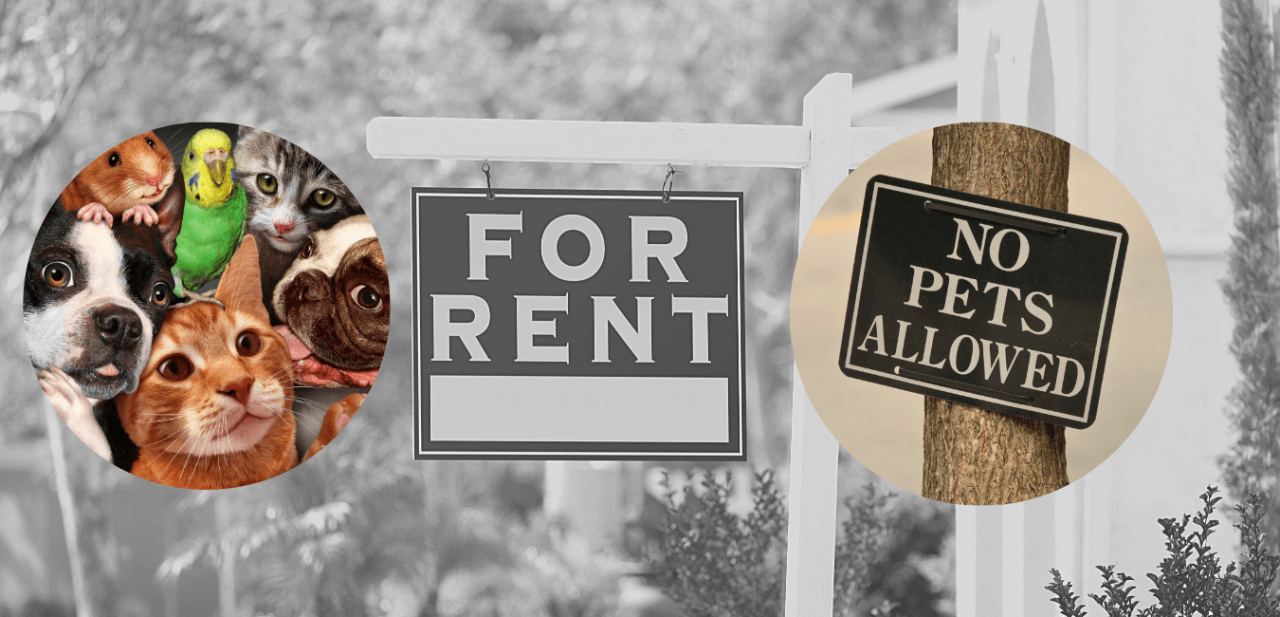The government has updated its Model Tenancy Agreement used by thousands of agents as a basis for Assured Shorthold Tenancy contracts to give tenants significantly enlarged rights to rent homes with their pets.
Housing minister Christopher Pincher says the changes will prevent landlords and agents issuing blanket bans on pets.
Instead, consent for pets will be the default position, and landlords will have to object in writing within 28 days of a written pet request from a tenant and provide a good reason.
But the changes are not mandatory as the government’s Model Tenancy Agreement is only ‘recommended’ and, for example, many trades and industry bodies issues their own ‘standard’ contracts.
COMPANIONSHIP
A spokesperson for the National Residential Landlords Association (NRLA) says: “We recognise the importance of pets in providing companionship especially to those living on their own.
“However, pets are not always suitable in certain properties such as large dogs in small flats without gardens. There is often more a risk of damage to a property where there is a pet.”
Pincher says rejection of pets should only be made now where there is good reason, such as in smaller properties or flats where owning a pet could be impractical.
“To ensure landlords are protected, tenants will continue to have a legal duty to repair or cover the cost of any damage to the property,” he says.
DEPOSITS
But the recent restriction of rental deposits within the Tenant Fees Act means landlords and agents will have limited wiggle room to charge extra for tenants with deposits.
“We call on the Government to enable the level at which deposits are set to be more flexible to reflect this greater risk,” the NRLA says.
“We are also calling for a tenant to either have pet insurance or to pay the landlord for it to be allowed as a requirement for a tenancy where relevant. At present payments such as this are banned under the Tenant Fees Act.”
Propertymark’s Mark Hayward says: “The UK Government must recognise the impact of their decision to cap deposits and the knock-on costs that landlords face.”






Share this with
Email
Facebook
Messenger
Twitter
Pinterest
LinkedIn
Copy this link